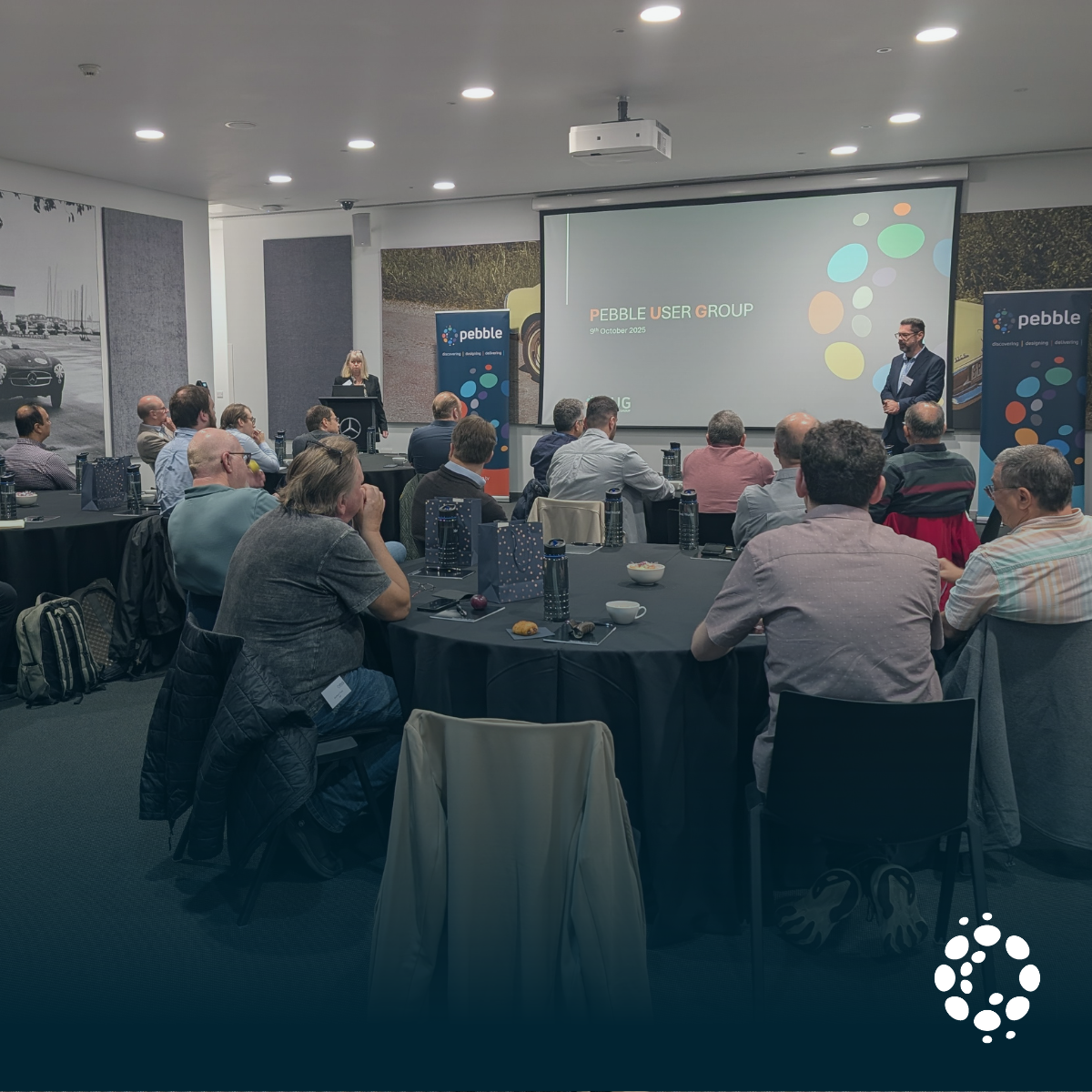Miroslav Jeras, CTO at Pebble, believes the Dynamic Media Facility (DMF) reference architecture and the Media eXchange Layer (MXL) are the areas which R&D needs to be laser-focused on in the coming years
What impact have the current global uncertainties had on Pebble’s R&D and product development in recent months?
Since the dark days of 2020, Pebble has been a completely remote company. Our staff, including our development teams, can be located anywhere. Equally, our customer base is also global: our successful installations can be found around the world.
This gives us a large degree of isolation from perturbations in specific geographies and markets. Our agility means we can quickly shift to address opportunities and avoid challenges.
More widely, the disruption of international trade has caused everyone to look carefully at how their businesses are structured. In our industry, what advertisers decide has a big impact on broadcasters, who in turn will either pause or, better, advance plans for technology, seeking the right platform to help them manage increasingly unpredictable complexity.
What do you foresee as the biggest challenges in R&D and product development/deployment in the coming years?
Our business is software. We are continually evaluating the latest in software design techniques and functionality to best support our products. Our customers choose Pebble because we have a long-established reputation for reliability, so we only adopt new ideas and new ways of working when we are absolutely certain they meet our high standards of resilience.
One key issue that affects the media industry is the need for standards in interconnectivity. In the rush to software-defined technology, the temptation was for each vendor to push ahead with an architecture that best suited their specific needs. Our role in providing automation and orchestration often involves integrating signal and control flows across the products of multiple vendors, which potentially means providing the bridge between different control layers and operating systems.
It has become clear that interoperability through open standards in the area of control results in the ability to deliver reliable and feature-rich solutions even when working on large-scale systems with multiple vendors and platforms. The AMWA NMOS suite of specifications have, over the years, enabled discovery of media nodes (IS-04), establishing stream connections (IS-05) and more recently the ability to control various processing functions and monitor relevant status parameters that indicate health issues impacting workflows (IS-12 and BCP-008).
As industry bodies continue to lay out their vision for the future of software-defined media, initiatives like the Dynamic Media Facility (DMF) reference architecture and the Media eXchange Layer (MXL) aim to guide the industry by fencing off areas which are in immediate need of interoperability. These are the areas which R&D needs to be laser-focused on in the coming years by engaging with the initiatives, actively contributing, or even leading them.
Where do you see the most opportune areas for innovation in your area of the market?
Broadcast automation systems were originally created–even before we entered the market 25 years ago–to simplify and secure playout operations. Everyone recognised that the principal driver was to ensure accuracy in playout, gain a commercial edge through the ability to add or change commercials late, and to control operational costs and redeploy staff to more creative, fulfilling roles.
Broadcasters and media enterprises now need much more. They need support to make smarter decisions and to do so more quickly. Live content, and particularly sport, remains the killer app for broadcast, and delivering the best experience for audiences while maximising revenues opens new opportunities and brings new challenges.
Agility is a word used perhaps too often these days, but broadcasters are looking for more than just management of complexity; but actively driving innovation in unpredictable environments.
What are you working on that excites you as a product team, and what can we expect to see at IBC2025?
Our development programme is dependent on a dialogue between the product team and our users worldwide. It must be a genuine dialogue to combine today’s demands with the potential of new technology. Remember the quote (probably incorrectly) attributed to Henry Ford: “If I gave my customers what they asked for, it would be a faster horse”.
What can you expect to see at IBC? Of course, I’m going to say it will be really interesting but you’ll have to be in Amsterdam in September to find out the details.
This article was originally published in TVBEurope.
### ENDS ###




